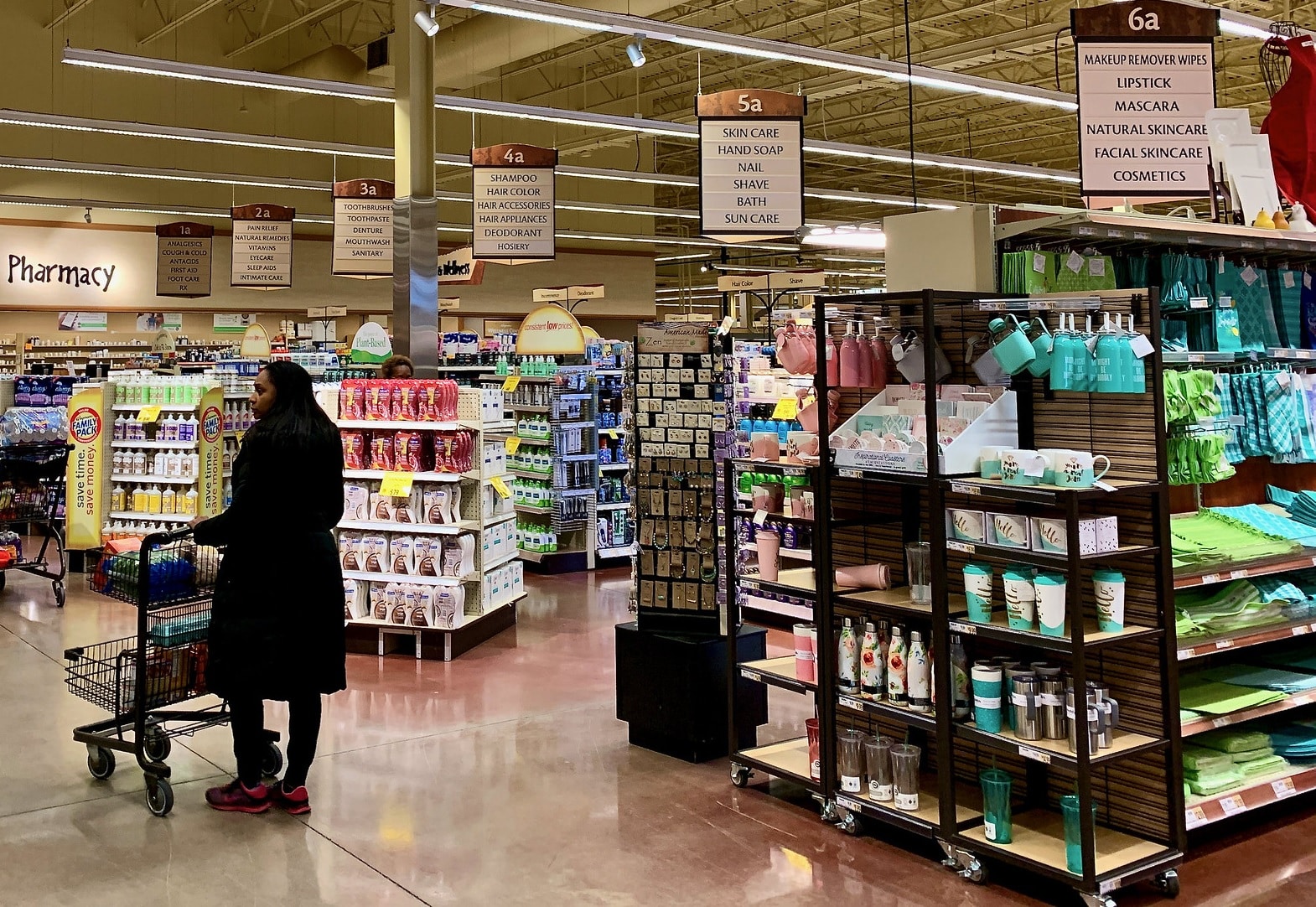
Inflation may be easing, but shoppers aren’t getting much relief at the grocery store. So their search for savings and value is becoming more than a temporary shift – a new survey finds their “budget-consciousness has become a driving force in purchasing behavior.”
R.R. Donnelley & Sons Company, which became a player in the coupon world with its acquisition earlier this year of Vericast’s Save coupon insert and coupon clearing business, has released its “2024 CPG + Grocery Consumer Report.” Based on surveys of 1,819 consumers and 254 marketing professionals, the report shows how shoppers’ habits have changed, and how marketers need to keep up.
“Shoppers are increasingly driven by the need for value, convenience, and personalized experiences,” the report reads. As economic pressures mount, shoppers “have reached a breaking point, and are shifting their shopping habits – prioritizing value over brand loyalty, favoring less expensive alternatives, hunting for bargains, and avoiding products considered too costly.”
86% of the shoppers surveyed described grocery shopping as frustrating lately, driven by the higher costs of food and beverages. So they’re seeking out ways to make their every dollar count. 41% say they’re stocking up during sales, 37% are switching to less expensive name brands, 35% are switching to store brands, and 34% are using more coupons and seeking out deals, with the same percentage saying they will buy products only when they’re on sale or they have a coupon.
Industry figures are already showing that coupon use is on the rise after years of declines. And RRD is seeing that, too. Grocery stores remain the most popular place to redeem coupons, accounting for 59% of total redemptions. But coupon use is increasing elsewhere, too – redemption in nontraditional retailers like discount and dollar stores has risen by 37% since last year.
And, for a company that now owns a printed coupon insert, it’s a good thing that RRD’s survey shows shoppers are still interested in paper coupons. 51% of shoppers said they like getting coupons from an insert in a newspaper or in the mail, up five percentage points from last year. And 54% like receiving coupons in the form of mailed ads or postcards, also up five points. In both cases, younger shoppers who are presumably digitally-savvy are among printed coupons’ most enthusiastic recipients, with interest in coupon inserts rising 9% among millennials, and interest in mailed coupons rising 9% among Gen Z shoppers.
But there are far fewer insert coupons than there used to be. There are far fewer coupons overall. And the deals aren’t always good enough to offset inflationary prices. So what shoppers want, and what retailers and marketers are offering, don’t always align. RRD found that “consumers value personalized and engaging experiences — like loyalty programs and discounts — more than retailers are currently prioritizing them.” More than half of shoppers said they appreciate rewards and personalized discounts, and feel valued when they receive them. But only a third of retailers think these tactics have any impact on customer loyalty.
With more grocery shoppers saying prices and promotions are the top factors that determine where they shop, their loyalty is increasingly up for grabs. 57% believe stores need to offer more savings to retain their loyalty. And 45% are open to changing stores for greater savings.
“Consumers are becoming more judicious with their purchasing decisions,” RRD director of client strategy Beth Johnson said in a statement. Inflationary pressures “are testing the loyalty of shoppers, making it more important than ever for marketers to rethink how they engage with buyers. Brands will need to meet shoppers where they are by emphasizing value and savings to hold their attention.”
RRD concludes its report by recommending that brands “focus on offering value through personalized offers and relevant discounts.” With shoppers showing “greater use of coupons, private-label brands, and careful shopping practices,” this signals “a need for brands to offer a range of value-oriented choices to stay competitive.”
For some shoppers, personalized, digital offers will close the deal. For others, weekly coupon inserts showing up on their front porch or in their mailbox will help determine what they buy and where they shop. And retailers and brands that address these preferences are likely to have happier shoppers strolling their aisles – instead of sending frustrated shoppers getting their groceries somewhere else.
Image source: F Delventhal










